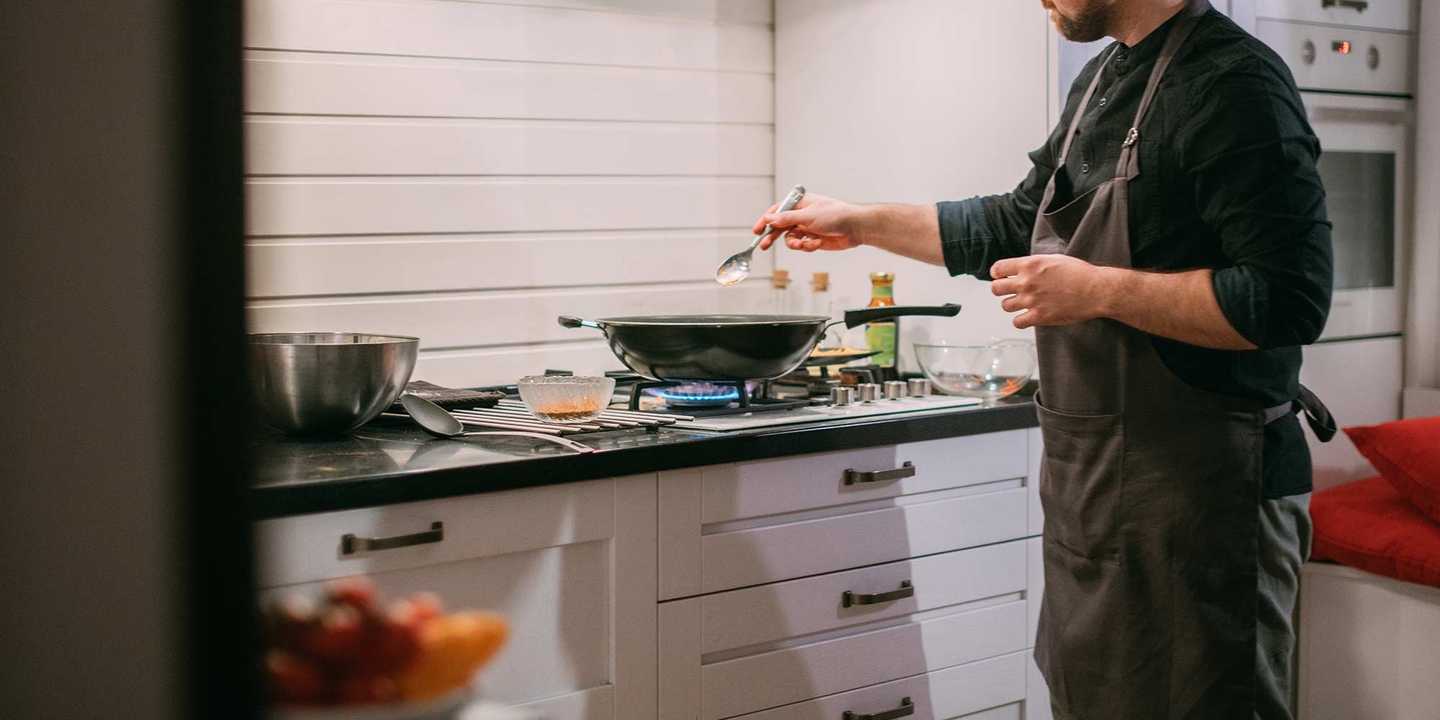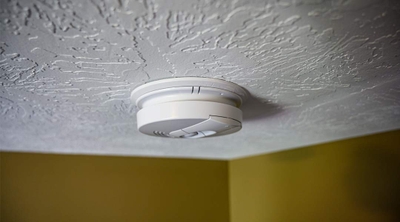How to help prevent a house fire
4 min read
It can take less than five minutes for fire to overwhelm your home and threaten the safety of your family. While many homeowners will have a standard homeowners insurance policy that protects their home from perils like fire, it's still essential to practice fire prevention methods at home. Get fire safety information and tips for preventing house fires in and around your home.
What is the number one cause of house fires?
Cooking fires in homes were the leading cause of fire and accounted for 51% of residential building fires that fire departments responded to across the nation from 2017 through 2019. Cooking fires were also the leading cause of home fire injuries, according to FEMA's National Fire Incident Reporting System.
Where do most house fires start?
Given that cooking is the cause of most house fires, they typically start in the kitchen more than any other space in the home. The second leading cause of house fires is heating sources such as fireplaces and wood-burning stoves according to the National Fire Prevention Association, NFPA. Fires caused by smoking indoors are the leading cause of fire deaths, according to the Red Cross.
What are three ways to prevent fire in a home?
- Prepare and cook meals safely: Preventing a house fire includes safely cooking your meals. Remain in the kitchen while cooking at the stove or stay nearby when grilling. Barbecue grills should be 10 feet away from your home or trees to reduce the fire risk.
- Properly use portable space heaters: All combustible materials should remain three feet from portable heaters. Maintaining this safe distance is crucial, given the dangers of flammable materials like fabric and certain liquids. You can also benefit from a heater with a thermostat control feature that will automatically turn off the device if it falls over while in use.
- Monitor electrical malfunctions: Some common electrical issues are signaled by flickering lights, frequent power outages, power surges, burning odors, or worn-out outlets. Though outdated wiring is a common problem with older homes, electrical wiring issues can also be a problem for newer homes. Avoid overloading your outlets with power devices like your phones, TVs, and computers. If you're experiencing electrical problems, contact an electrician to address the issues and keep your household safe. Learn about how home insurance may cover fire damage.
Home fire safety information
- Create an evacuation plan for your family and follow it during an emergency. If the smoke is heavy during your exit, stop and crawl to safety.
- Ensure that all family members know about the fire escape plan and practice the plan twice a year.
- Seal important documents in a fireproof safe. Create digital copies of important files as backup.
- Install smoke alarms on every level of your home and consider getting them hard wired.
- Check smoke alarms monthly and replace batteries as needed. You'll need to replace most batteries twice a year. Replace smoke alarms every ten years.
- Rinse and clean chemical stains from clothing before washing or drying. If a dryer fire occurs, keep the dryer door closed to eliminate oxygen flow and call 911.
- Store hand sanitizer, rubbing alcohol, aerosol cans, and other household items that are flammable away from open flames.
What fire equipment should people have on hand at home?
Smoke and carbon monoxide detectors and fire extinguishers are the three vital pieces of equipment every home should have to protect your home and family from fire. About 38 percent of home fire deaths result from fires in homes without a functioning smoke alarm, according to the NFPA.
How to properly use a fire extinguisher
Remember to store fire extinguishers properly on every level of your house. An easily accessible extinguisher can stop a fire from burning out of control. There are many different types of fire extinguishers. Common ones used most often in homes are multipurpose fire extinguishers rated for Class A, B, or C fires.
- Class A fires include common combustibles such as wood, paper, or plastic.
- Class B fires include flammable liquids, such as oil, gasoline, or paint.
- Class C fires are classified as electrical and include fires caused by electronics, faulty wiring, or appliances.
Reviewing these home fire prevention tips can give you confidence that you know many ways to prevent house fires.




